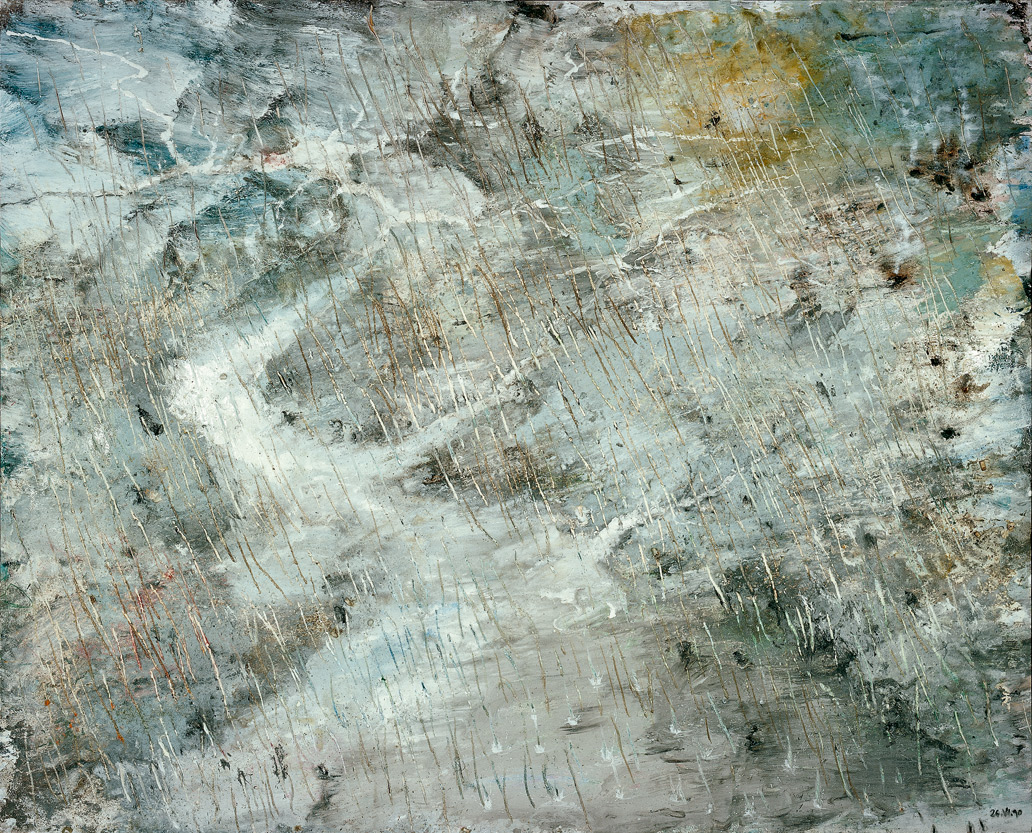The process of experimentation helps drive divergent thinking. It begins by testing new possibilities, often without knowing what may happen and what the end result may be. This procedure produces interesting discoveries for the artist’s work. The use of unusual materials and techniques is one of the resources of experimentation, turning the artist into an alchemist of sorts.
Prudencio Irazabal

Untitled #767 [1966]
MATERIALS: translucent colored polymer created by applying layers of paint.
EFFECTS: superimposition, deconstruction, and construction of a color process.
ACTIONS: particularizing his own painting method based on material experimentation using the remains of discarded artworks.
ARTISTIC CONTEXT: renewal of Spanish painting in the 1980s. A new generation of artists questioned the limits of painting through painting itself. They include Prudencio Irazabal, who experiments with the basic components of the medium, namely color, light, and matter, to create images whose intensity and specificity challenge our perception.
Miquel Barceló

Flood [1990]
MATERIALS: cardboard, seaweed, volcanic ash, flour, rice, and cigarette butts, among other materials, mixed with paint.
EFFECTS: thick layers of matter to create textures.
ACTIONS: quest to represent light, holes, and transparencies.
ARTISTIC CONTEXT: Neo-Expressionism, drawing from elements of German Expressionism and American Abstract Expressionism, often on a colossal scale. It highlights the brushstroke, which is often gestural and broad.
Julian Schnabel

Spain [1986]
MATERIALS: fragments of broken crockery with Bondo or filler.
EFFECTS: exaggerated texture on the surface by adding shards of broken crockery, gestural brushstrokes, and the choice of figurative themes.
ACTIONS: distortion of the figures and presentation of large-scale works with greater visual impact.
ARTISTIC CONTEXT: American Neo-Expressionism, using formal elements from German Expressionism and American Abstract Expressionism, in a return to figurative painting, often on a colossal scale. It addresses cultural, mythological, historical, and erotic themes, representing large, striking figures using gestural brushwork.
